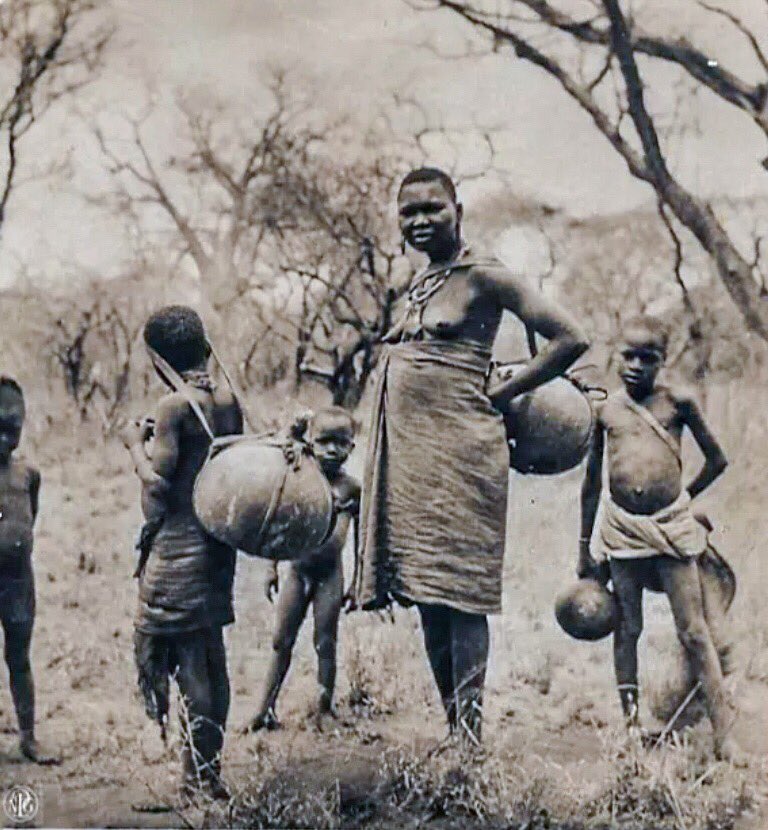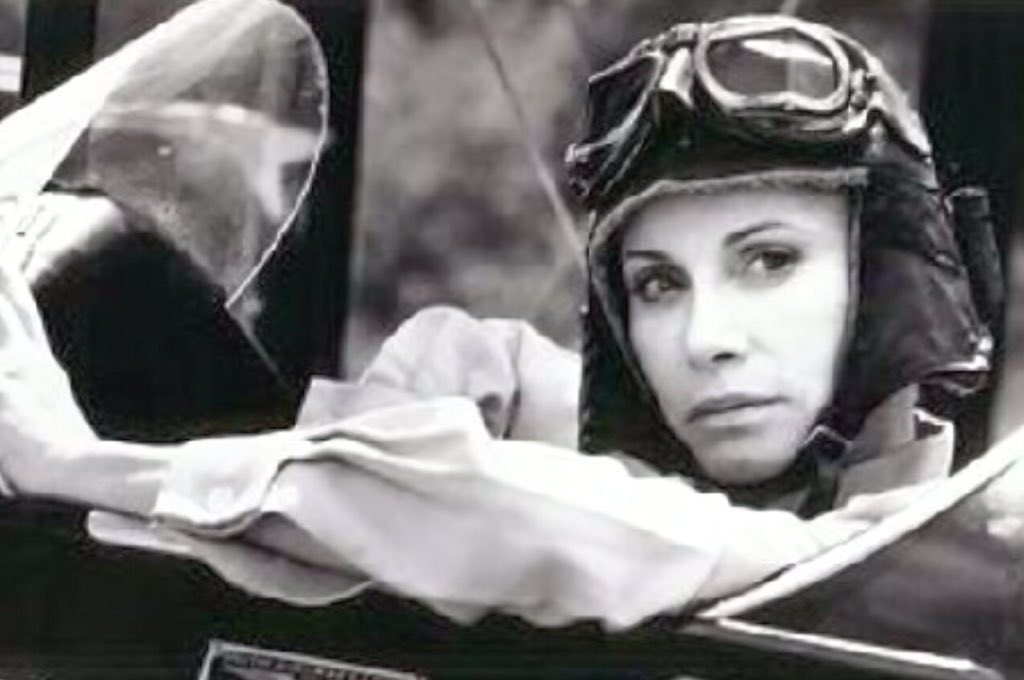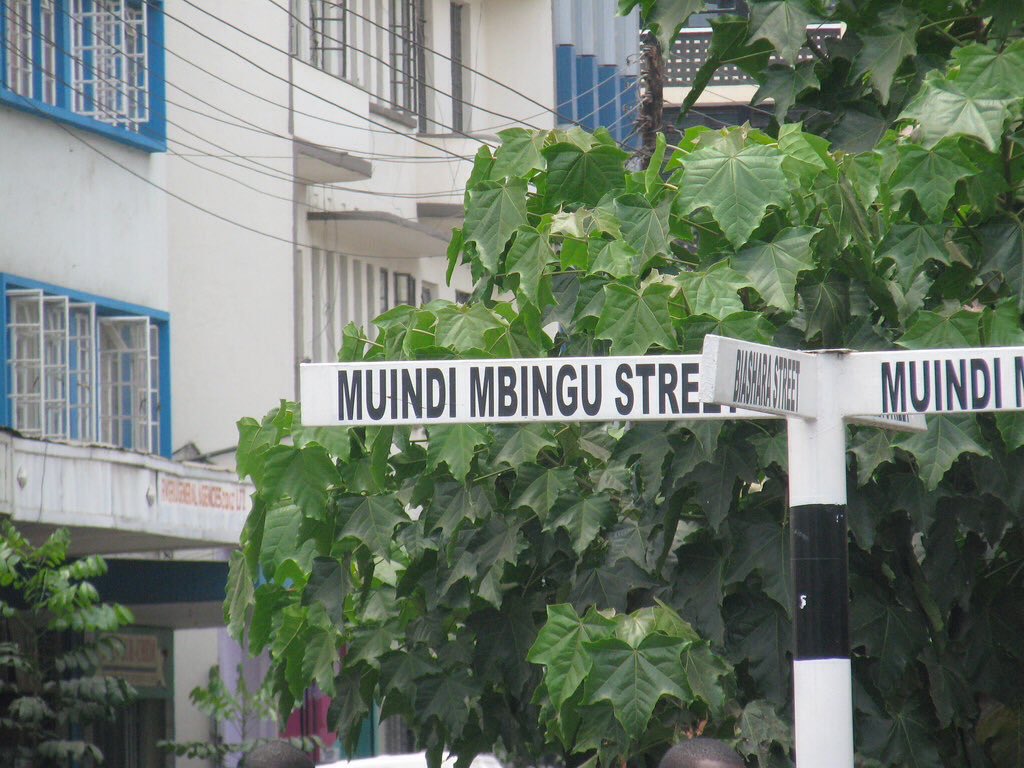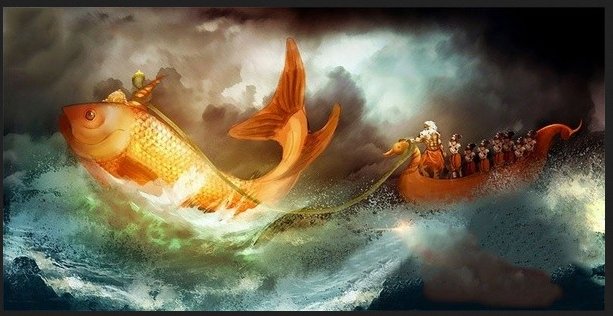Several times previously, we have referred to names of towns or neighbourhoods e.g. Kajiado, Ruaraka, Msongari and even the country we call Kenya, that were coined from indigenous names that Europeans couldn’t pronounce.

In 1896, he described the location of his Machakos mission as follows:
Whilst the feast went on, he noted, the women engaged in “an indecent dance” (although he didn’t provide details of the indecency).
What he found intriguing were rites that he found had commonalities with Semitic sacrifices described, as he noted, in the Bible’s Book of Leviticus 16.
There was also another lethal brand of witchcraft known as uoi in Kikamba. This had to do with spirits that were feared for their uncompromising nature.
Well, that debate seemed to have started earlier.
Excerpts:
Ki Swahili: Kilima.
Kikuyu: Kili Nyaga.
Kikamba: Ki'i Nya.
English: Mountain Ostrich.
‘Kii Nya’ is likewise known to mean the same thing to everyone in Ukambani...”
<end of letter>









